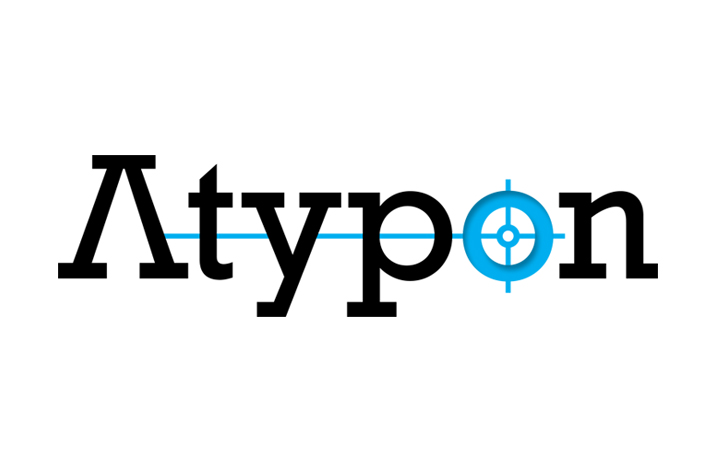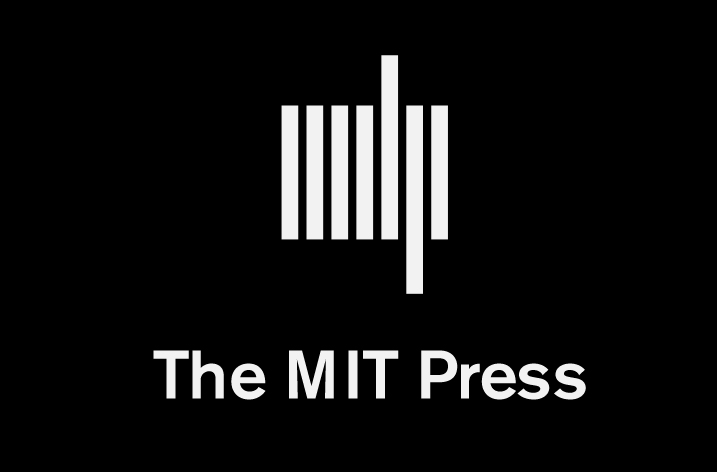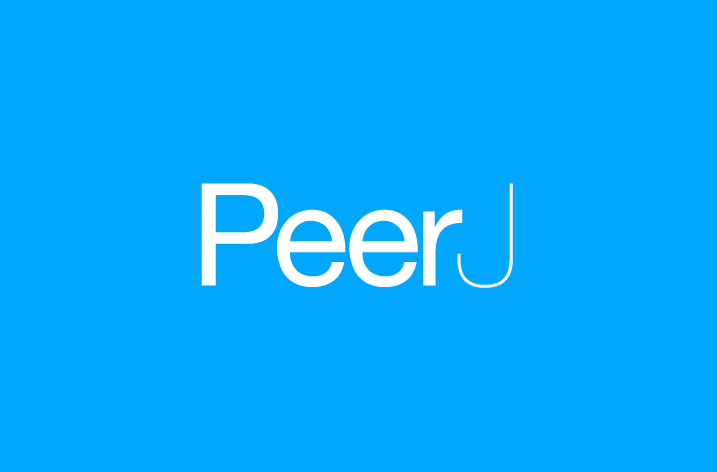
“Based on input from subscriber focus groups, our priorities were to simplify content discovery and maximize onsite real estate for articles—whatever the size or shape of a reader’s screen,” said Max Gabriel, Chief Technology Officer for Taylor & Francis. “Literatum gives us the control and flexibility to easily tailor the site design and interfaces for our main users: researchers, readers and authors.”
Using Literatum’s Page Builder, a powerful tool for website creation, editing, and optimization, Taylor & Francis can modify the user interface (UI) and user experience (UX) design and deploy the changes across a specific part of one site, or across all 2,400+ of their journals at once. Page Builder’s drag-and-drop widgets are also used to create new landing pages, journal pages, and websites.
The new site’s architecture and functionality draw from UX 3.0, Atypon’s approach to modern scholarly publication websites that treats readers as individual customers rather than generic institutional users.
Literatum’s Tag Sets have improved content discovery by supporting check-box filters that enable readers to refine increasingly granular search results, and by delivering dynamic content recommendations based on what other readers with similar profiles have read, as well as content that’s similar in topic to the user’s search.
“It’s exciting to see Taylor & Francis apply UX3.0 principles to enhance the digital brands of their journals,” said Georgios Papadopoulos, founder and CEO of Atypon. “Giving readers the content they want and the productive research experiences they’ve asked for will extend site visits and enhance readers’ experiences.”
The new site also leverages Literatum’s precision content targeting, enhanced search, simplified referencing, clutter-free article layouts, easy-to-understand metrics, and tabbed search results.


























